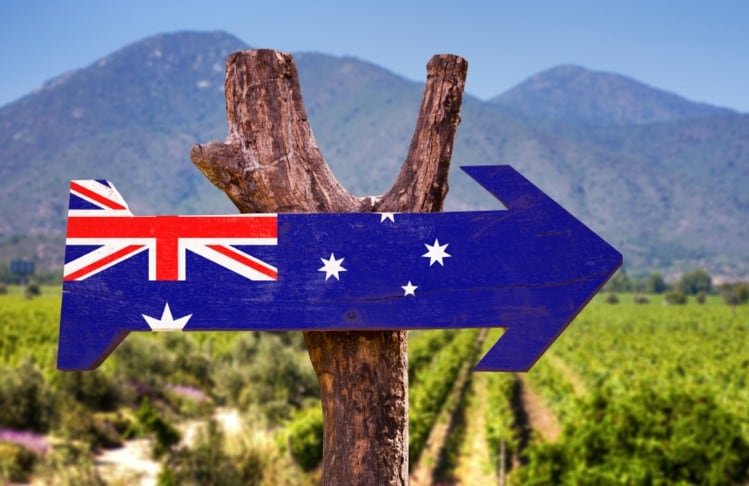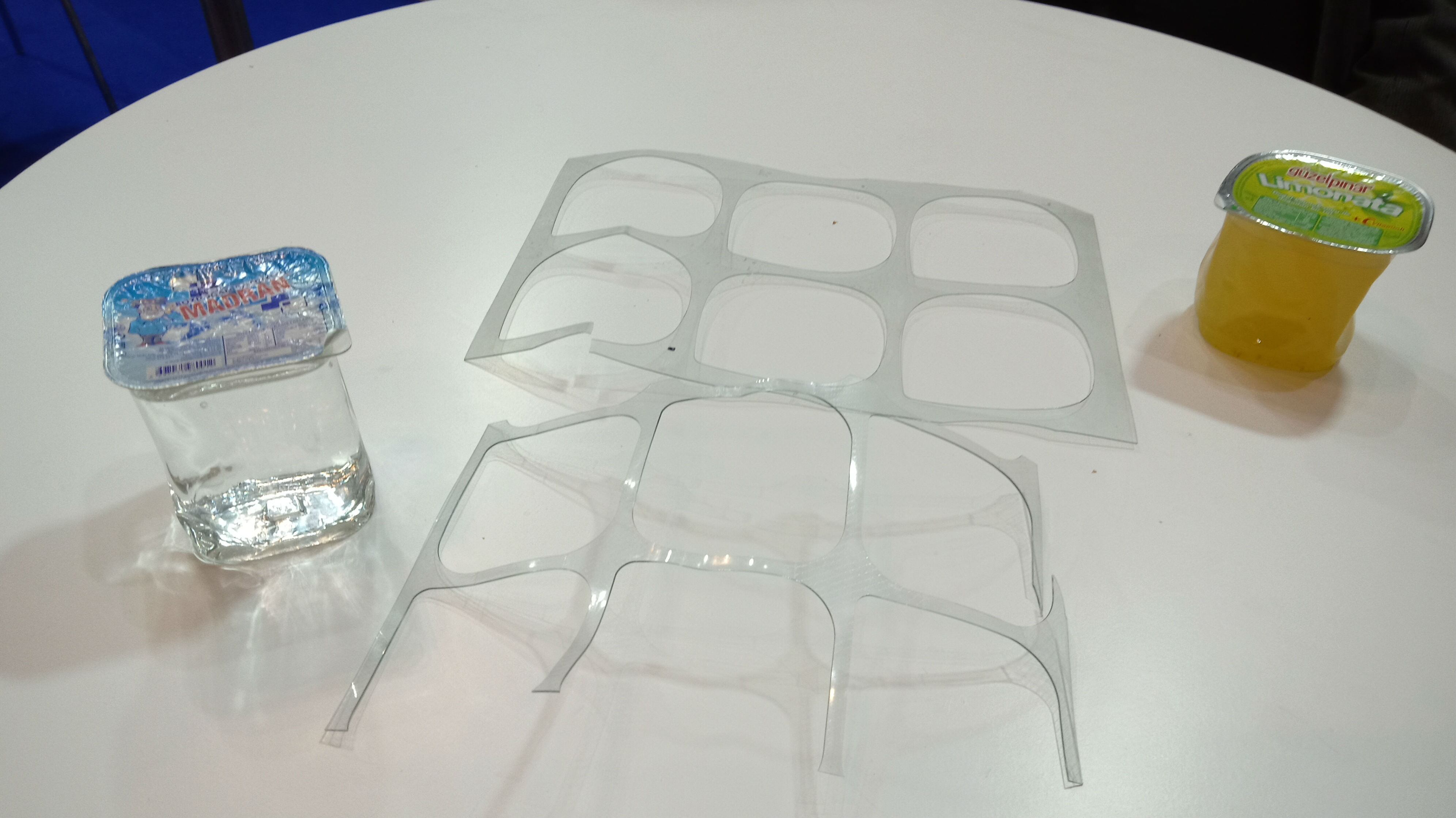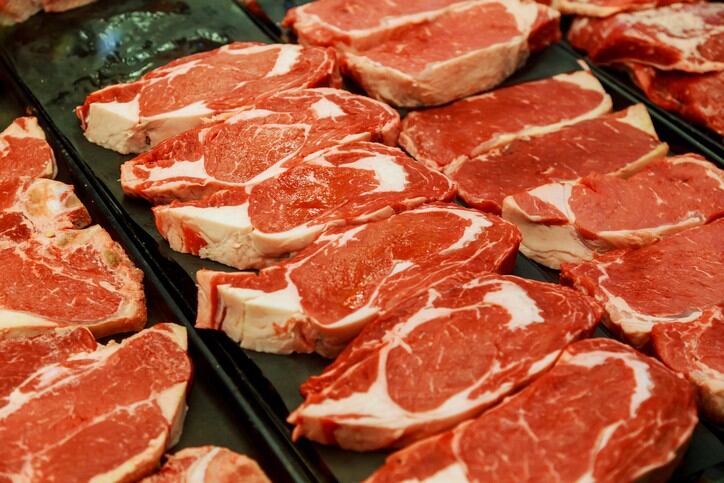Termed ‘Addressing Non-Tariff Barriers: Australia’s action plan to remove unjustified trade restrictions hampering our exports’, the action plan report on the Australian Department of Foreign Affairs and Trade (DFAT) website seeks to address what they term ‘unjustified restrictions’ on exports.
“Non-tariff barriers can be any kind of ‘red tape’ or trade rules that unjustifiably restrict the flow of goods and services,” said DFAT via the report.
“Our trading partners have the right to set trade rules to improve the health, safety and wellbeing of their citizens, and protect animal and plant life, just as we do in Australia. These rights are enshrined in the rules of the World Trade Organization (WTO) and other international bodies.
“However, they can become barriers to trade when they are unclear or unevenly applied, exceed what is necessary to meet their stated objective, or are introduced to unfairly advantage local industries.”
Speaking to North Queensland Register, Trade Minister Simon Birmingham added that: “Tariffs and quotas are there for the whole world to see, but as we continue to shift towards a more open global economy, we’re seeing a trend towards the use of hidden or invisible trade barriers.”
“Whilst many of these requirements are legitimate, we’re seeing a shift towards how regulations and red-tape are being manipulated and used as a deliberate tool to distort trade flows and protect domestic industries.”
According to the report, non-tariff barriers can cause costs that are as much as three times more than that of formal trade barriers, e.g. tariffs.
Examples of non-tariff barriers can be found within biosecurity requirements, border and customs delays, labelling and packaging standards, red tape, price controls, foreign work requirements, privacy requirements and more.
Food-specific non-tariff barriers
According to the State of the Industry Report: The Australian Red Meat and Livestock Industry conducted by the Meat and Livestock Australia and Australian Meat Industry Council in 2017, non-tariff barriers cost the industry some A$3.4 billion per year between 2013 and 2016.
The Grains NTM Project report by the Australian Grain Growers Association identified 54 non-tariff measures across 15 markets, which were described as ‘highly trade restrictive and harmful for the industry’.
Speaking to The Weekly Times, National Farmers’ Federation president Fiona Simson concurred with this, and described the action plan as ‘critical’.
The management of non-tariff barriers have been successfully done before with food products as examples. For instance, Australia signed a new agreement with China in November 2017, introducing a faster four-day biosecurity treatment.
This replaced the previous over-two-week long treatment, enabling Australian grapes to be delivered more quickly. This is expected to increase exports to China by 20,000 tonnes over the next few years, worth an additional A$100mn, according to the DFAT website.
Another example here is that of Australian mango exports to Korea. Mangoes qualified for special tariff rates after the Korea-Australia Free Trade Agreement (KAFTA) commenced in December 2014, but faced challenges by Korean food safety laws restricting the use of common shelf-life improvement procedures.
DFAT stated that Australia negotiated new trade rules to overcome these in December 2016, and since then mango exports to Korea have grown by some 35% to reach over A$500,000.
Other exports that have successfully negotiated around non-tariff barriers in the past are vacuum-packed chilled meat to the Middle East (increase in maximum shelf life allowed) and wine to Vietnam (allowing the use of common wine additives and processing aids), according to the North Queensland Register.
More on the DFAT action plan
The action plan to tackle these focuses on the three pillars of Action, Collaboration and Transparency.
For Action, the goal is to make it simpler for businesses to find help in overcoming non-tariff barriers.
“We will build the capability of frontline expertise in business and government, as well as make it easier to report trade barriers,” said DFAT.
Collaboration will focus on bringing industry and government together for collective action, whereas Transparency aims to clearly define ‘responsibilities, expectations and processes’ to improve outcomes.





